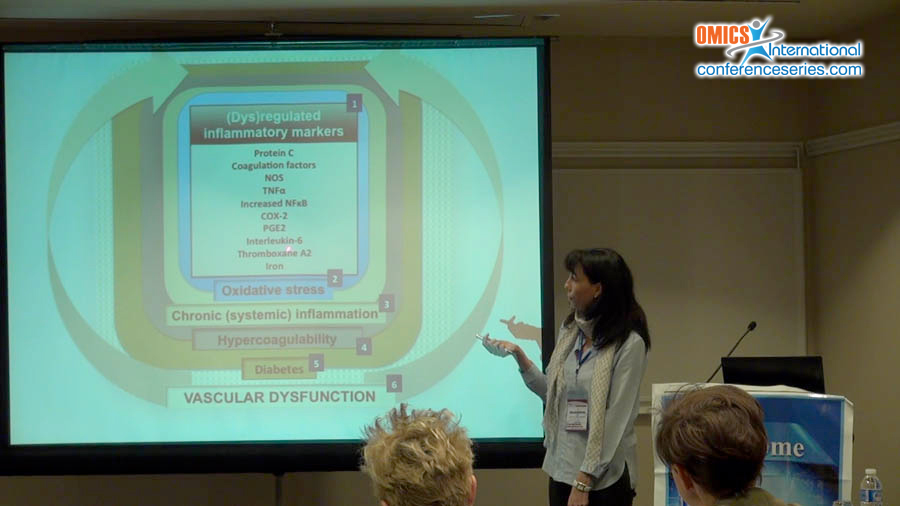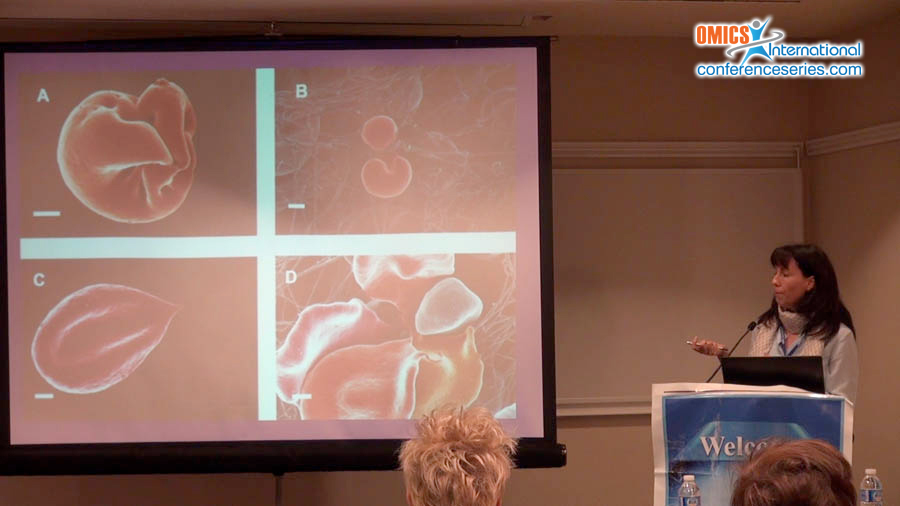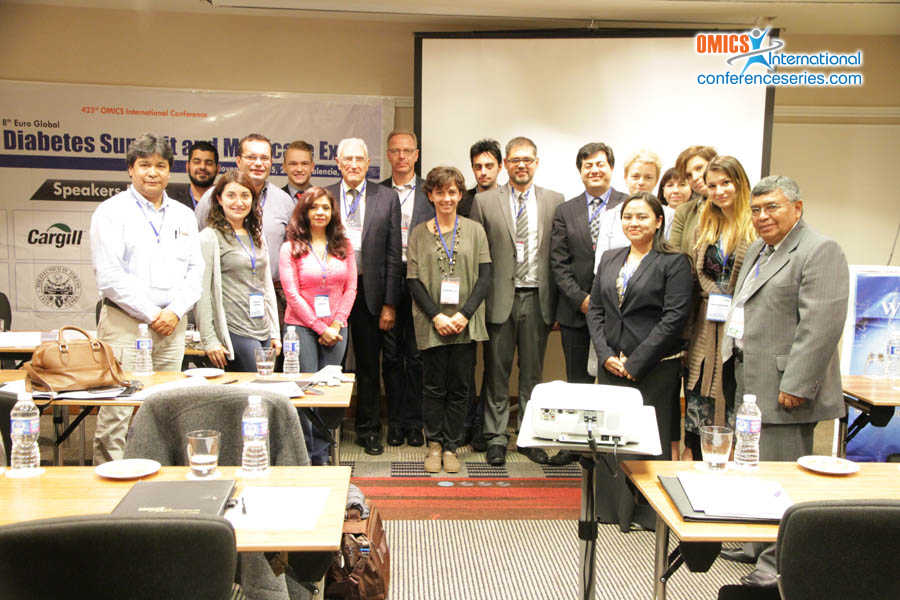
Etheresia Pretorius
University of Pretoria
South Africa
Title: Can viscoelastic and ultramicroscopy techniques be a potential tool in a precision medicine approach for type II diabetes patients?
Biography
Biography: Etheresia Pretorius
Abstract
Type II diabetes causes an ever-increasing burden on healthcare. The prevalence for all age-groups worldwide was estimated to be 2.8% in 2000 and predicted to increase to 4.4% in 2030. Among adults in the US, the prevalence of undiagnosed diabetes is currently 4.1% and pre-diabetes a staggering 35.6%. Type II diabetes is associated with three main glycemic disorders that are chronic hyperglycemia, glycemic variability, and iatrogenic hypoglycemia and also comorbidities including dyslipidemia and hypertension. All of the above comorbidities are associated with hypercoagulability. Because type II diabetes is such an extensive health issue, we suggest that the answer to adequate treatment is based on an individualized patient-centered approach, in combination with the latest NIH precision medicine approach. A combination of viscoelastic methodologies may be used in a personalized patient-centered regime, including thromboelastography (TEG) and the lesser, used scanning electron microscopy approach (SEM). TEG is a dynamic measure of clot formation, strength and lyses, while SEM provides a visual structural tool to study patient fibrin structure in great detail. We therefore consider the evidence for TEG and SEM as a unique means to monitor type II diabetes treatment efficacy. TEG and SEM has potential to be a useful tool combination, and could potentially alter clinical approach to type II diabetes treatment. As envisaged in the NIH precision medicine approach, it will involve a lot of role players and innovative new research ideas; with this ultimate goal in mind, we suggest that an individualized patient-orientated approach is now already within our ability.
Speaker Presentations
Speaker PDFs
Speaker PPTs Click Here




